Electronic universal testing machine, also known as universal tensile machine or electronic tensile machine. Servo loading system, high-precision wideband electro-hydraulic servo valve, ensuring high precision efficiency, low noise, and fast response of the system; The hydraulic clamping system used ensures low noise and smooth operation of the system, and the test sample is firmly clamped during the test process without slipping. The universal material testing machine adopts a microcomputer controlled fully digital wideband electro-hydraulic servo valve to drive a precision hydraulic cylinder. The microcomputer control system automatically controls the testing force, displacement, and deformation in various modes, completing the tensile, compression, and bending tests of the specimen, in accordance with the requirements of GB/T228.1-2010 "Metal Materials Room Temperature Tensile Test Method" and other standard requirements.
Main uses
The electronic universal material testing machine is suitable for tensile testing of materials such as rubber, plastic, textiles, waterproof materials, wires and cables, mesh ropes, metal wires, metal rods, metal plates, etc. Additional accessories can be added for compression, bending, and ring stiffness testing.
Execution standards
The universal material testing machine complies with test standards such as GB 8808, GB 13022, GB 1040, GB 4850, GB 7753, GB 7754, GB 453, GB/T 17200, GB/T 16578, GB/T 7122, GB/T 2790, GB/T 2791, GB/T 2792, GB/T 2792, ASTM E4, ASTM D828, ASTM D882, ASTM D1938, ASTM D3330, ASTM F88, ASTM F904, ISO 37, JIS P8113, QB/T 2358, QB/T 1130, etc. The computer-based universal material testing machine is referred to as GB/T16491-1996 Electronic Universal Testing Machine Standards.
classification method
1. According to classification methods, it can be divided into metal material testing machines, rubber and plastic tensile testing machines, non-metallic material testing machines, dynamic balance testing machines, vibration tables, and non-destructive testing machines. The loading method, structural characteristics, force measurement principle, and scope of use of the material testing machine are all different.
2. According to the classification of loading methods, it can be divided into static load testing machines and dynamic load testing machines.
1) Static testing machines mainly include: universal testing machines, hydraulic universal testing machines, and electronic universal testing machines, pressure testing machines, tensile testing machines, torsion testing machines, and creep testing machines.
2) Dynamic testing machines mainly include fatigue testing machines, dynamic and static universal testing machines, unidirectional pulsation fatigue testing machines, impact testing machines, etc.
3. According to the classification of force measurement methods, it can be divided into mechanical force testing machines and electronic force testing machines.
4. Classified by control method, it can be divided into manual control and microcomputer servo control testing machines;
5. According to the position classification of the oil cylinder, it can be divided into upper cylinder and lower cylinder testing machines.
6. According to the classification of testing forces, 5KG. 100KG. 500KG, 1T 2T. 3T, 5T. 10 tons, 20 tons, 30 tons, 50 tons, 60 tons, 100 tons, 200 tons, 300 tons, 500 tons, 1000 tons universal material testing machines.
Development history of electronic universal testing machines
The electronic universal testing machine in our country was initially developed by Professor Deng Yuemo. The modern mechanical industry in China, which emerged during the Opium War, had a semi colonial and semi feudal characteristic from the beginning. Enterprises founded by Chinese national capital have always been under heavy pressure from imperialism, feudalism, and bureaucratic compradors, and their situation has been very difficult. Until the first half of the 20th century, China's machinery industry was still extremely backward, with the main machinery and equipment relying on imports, and the design and manufacturing of mechanical products were mostly controlled by foreigners. Deng Yuemo began his exploration and struggle in the field of mechanical engineering under such historical conditions.
 Pendulum impact testing machine
Pendulum impact testing machine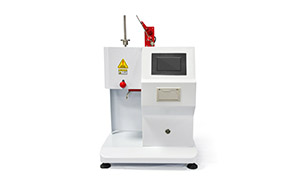 Plastic specific testing machine
Plastic specific testing machine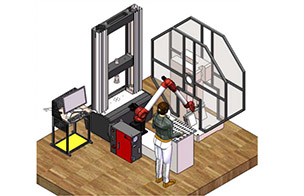 Automated testing plan
Automated testing plan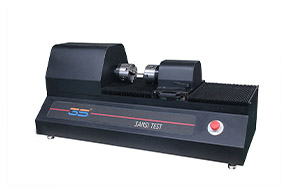 torsion testing machine
torsion testing machine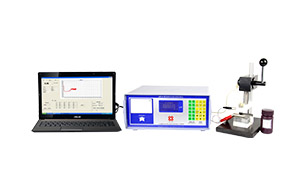 Coulomb thickness gauge
Coulomb thickness gauge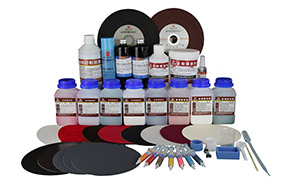 Metallographic auxiliary consumables
Metallographic auxiliary consumables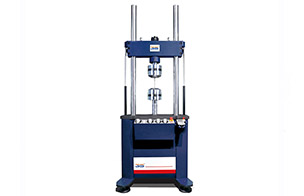 Dynamic fatigue testing machine
Dynamic fatigue testing machine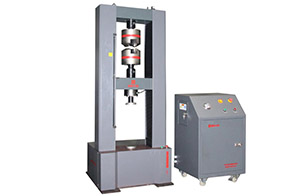 Electronic universal testing machine
Electronic universal testing machine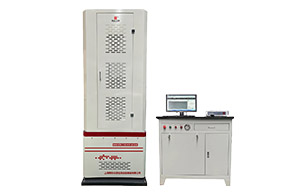 Electro hydraulic servo universal testing machine
Electro hydraulic servo universal testing machine Horizontal tensile testing machine
Horizontal tensile testing machine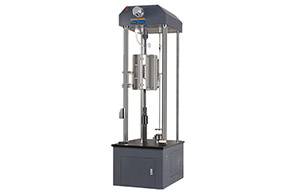 High temperature creep endurance testing machine
High temperature creep endurance testing machine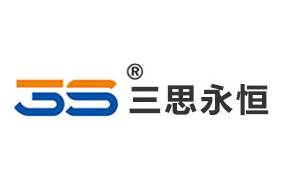 Sansi Yongheng
Sansi Yongheng





























